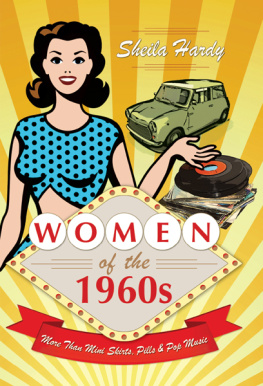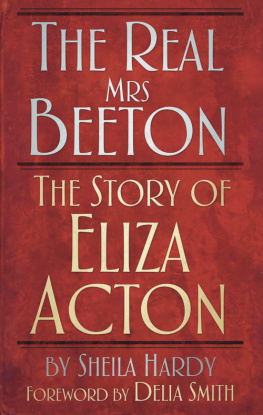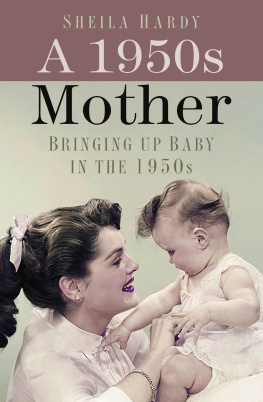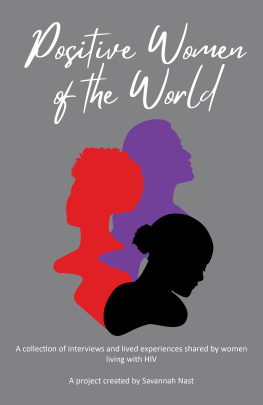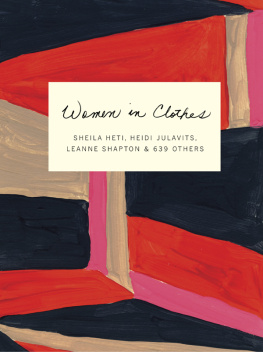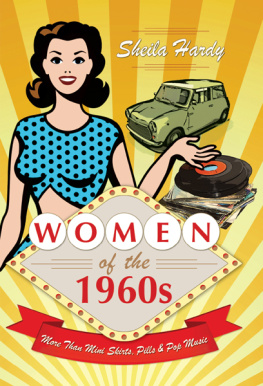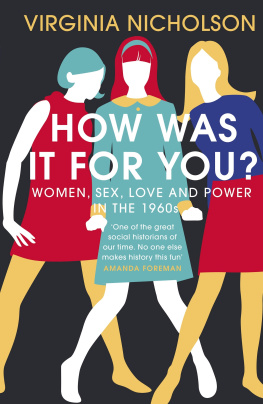For Michael, with my love and thanks for sharing the
ups and downs of life with me since 1964.
Other Books by the Same Author:
A 1950s Housewife: Marriage and Homemaking in the 1950s.
A 1950s Mother: Bringing Up Baby in the 1950s.
The Real Mrs Beeton: The Story of Eliza Acton.
Suffolk: Murder and Crime.
Arsenic in the Dumplings: A Casebook of Suffolk Poisonings.
The Cretingham Murder.
Frances, Lady Nelson: The Life and Times of an Admirable Wife.
The House on the Hill: The Samford House of Industry, 1764-1930.
Tattingstone: A Village and its People.
Treasons Flame.
The Diary of a Suffolk Farmers Wife: 1854-69.
The Story of Anne Candler.
1804 That was the Year
The Village School
First published in Great Britain in 2015 by
Pen & Sword History
an imprint of
Pen & Sword Books Ltd
47 Church Street
Barnsley
South Yorkshire
S70 2AS
Copyright Sheila Hardy 2015
ISBN: 978 1 47383 439 2
PDF ISBN: 978 1 47387 607 1
EPUB ISBN: 978 1 47387 606 4
PRC ISBN: 978 1 47387 605 7
The right of Sheila Hardy to be identified as the Author of this Work has been asserted by her in accordance with the Copyright, Designs and Patents Act 1988.
A CIP catalogue record for this book is available from the British Library
All rights reserved. No part of this book may be reproduced or transmitted in any form or by any means, electronic or mechanical including photocopying, recording or by any information storage and retrieval system, without permission from the Publisher in writing.
Typeset in Ehrhardt by
Mac Style Ltd, Bridlington, East Yorkshire
Printed and bound in the UK by CPI Group (UK) Ltd,
Croydon, CRO 4YY
Pen & Sword Books Ltd incorporates the imprints of Pen & Sword Archaeology, Atlas, Aviation, Battleground, Discovery, Family History, History, Maritime, Military, Naval, Politics, Railways, Select, Transport, True Crime, and Fiction, Frontline Books, Leo Cooper, Praetorian Press, Seaforth Publishing and Wharncliffe.
For a complete list of Pen & Sword titles please contact
PEN & SWORD BOOKS LIMITED
47 Church Street, Barnsley, South Yorkshire, S70 2AS, England
E-mail:
Website: www.pen-and-sword.co.uk
Contents
List of Illustrations
Acknowledgements
W ithout the help of the following women (and those who chose anonymity) who shared their personal memories of life in the 1960s, this book would lack authenticity. To them all I give my heartfelt and most grateful thanks.
Mesdames Austin; Baggot; Baty; Bell; Best; Binns; Bixler; Bolton; Burnham; Bush; Clift; Cobley; Dicks; Donohue; Emery; Evans; Green; Hann; Harris; Hartley; Hatelie; Henderson; Hill; Horsburgh; Kahawatte; Kerswell; Kilworth; Ling; McGill; Marsh; Newbold; OHalloran; Porte; Rees; Richardson; Rigby; Smith; Squirrell; Taylor; Thomas; M. and S. Troll; Todd; Turner; Wetherick; Woodman; and Drs Henman and Lewis.
And in loving memory of Margaret Postle and Dot Randall.
Special thanks too, to those who searched their family photograph albums: P. Atkins; G. Evans; D. Hann; J. McGill; R. Rigby; G. Squirrell; and C. Woodman. Other illustrations from the authors collection.
I am indebted to Susan Emery and Ursula Hardy for preserving the magazines from the 1960s they so generously allowed me to study: Everywoman, September 1964; Woman and Home, April 1969; Family Circle, March 1969; Pins and Needles, December 1968; and Stitchcraft, April 1969.
Valerie Clift and Sarah Hardy need a special mention for their patient and painstaking reading of the typescript.
Finally I acknowledge with my sincere thanks the kindness and generosity of David Abbot of Time Inc (UK); Nigel Penderleith, MD of Blue Max Banner Ltd; and The Global Team of DIAGEO.
Introduction: The Swinging Sixties
T he conversation at table turned to recollections of decades past and youthful indiscretions. Immediately, animated voices, mainly female, were raised as guests tried to relate their personal memories of that decade. One guest volunteered that living and working in the Far East, he had totally missed out on the 1960s. In the ensuing lull, his wife gently reminded him that between the years 1964 and 1968, they had met, married and bought their first house, only to leave it within eighteen months when he had secured his dream job and they had to locate to another part of the country where, a year later, their elder son was born. While he remembered accurately the day and the month of some of these events, somehow the years themselves were more elusive. To the amusement of the other diners their conversation was in danger of becoming a parody of that sad duet from the musical Gigi, Ah yes, I remember it well! It became clear that for him the so-called Swinging Sixties meant The Beatles, and it was true that he was indeed living abroad when the Fab Four and their music made such an impact on the youth of the country. It would seem that hindsight and the media have imbued the decade of the 1960s with a rosy glow of carefree youth, pop music and miniskirts. Freedom and frivolity are the catchwords used to describe those days. For those who had not been born then, the mystique that now surrounds those years takes no account of the many serious issues both at home and in the wider world that gave deep concern at the time, some of which have either still to be resolved or have re-emerged to be with us today.
From that supper conversation it became clear that for the majority of those present, the 1960s had been passed as a decade in which they, to quote the words of one of the men, had been busy earning a living and making a home for the family. However, it was one of the women who remarked that she had actually enjoyed that decade more than any other in her life, while another chimed in that for her it had been a very exciting time. It was these and similar remarks that sparked off the idea of finding out what life then had really been like for a wide cross section of women. With memories recalled after nearly fifty years, women, whose ages ranged from those who had still been at school in the Sixties to those who were more mature, gave very precise and sometimes incredibly intimate details of their lives. In written accounts some long-held secrets were revealed such as teenage pregnancies, the consequences of which highlighted parental attitudes to the situation based on the accepted social mores of the time. Far from freedom and frivolity, for the girls concerned it was either a hastily-arranged wedding or banishment to another part of the country until the resulting baby could be put up for adoption so that no one outside the immediate family need know of the disgrace the daughter had brought upon them. What will the neighbours say? was a mantra which often dominated the attitude of many older parents just as much in the Sixties as it had done in the Fifties.
The post-war recovery of the country as a whole had brought an increase in prosperity for many which in turn fuelled a market for those with a disposable income. With many families no longer depending on the wages brought home by their children to supplement the familys weekly budget, working teenagers had money to spend as they wished. And for a large number this meant they were able to buy the records of their favourite singers, plaster their bedroom walls with posters of their pop idols, most of whom at that time were American, and even buy tickets for live performances. On an everyday basis, youth clubs now provided meeting places for them to dance or just listen to records, in turn encouraging young musicians to form their own groups. Youth groups which had in the past often been single sex, affiliated to a religious denomination and devoted to learning skills and working for the good of others, now became centres for pleasure, perhaps surprisingly, still run and supervised by the church. These mixed clubs, however, provided not just the opportunity to meet members of the opposite sex but for many they also cut across social barriers, perhaps for the first time. Previously, friends were made either at school, in the local neighbourhood or were the children of their parents friends. Now, sometimes to their dismay, parents had no idea of the background of the friends of their son or daughter. This was particularly worrying for the fathers of girls and their heavy-handed attempt at control frequently led to family discord.
Next page
